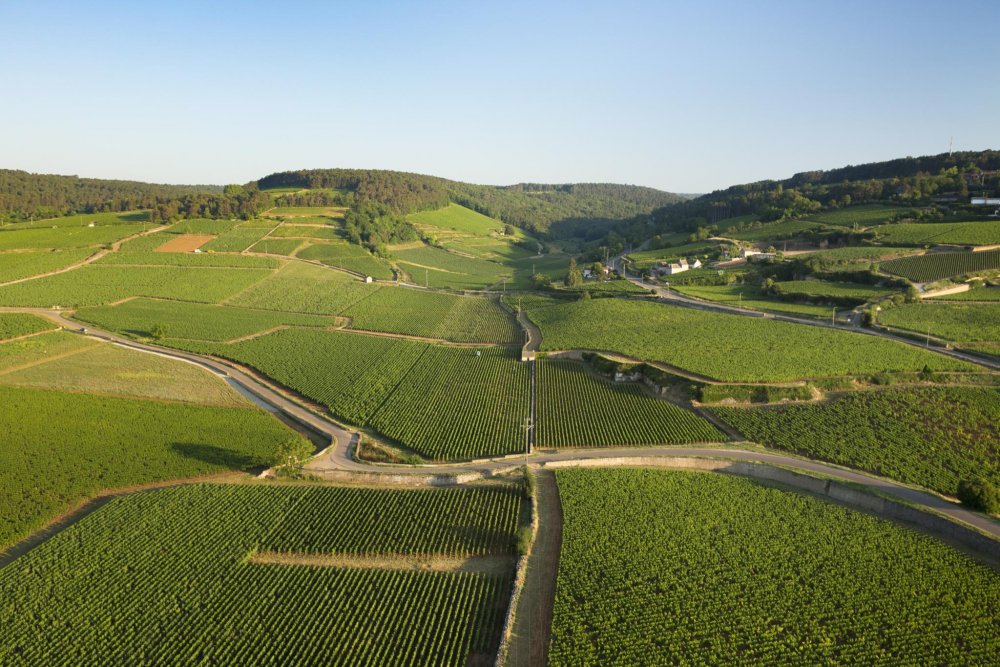Wine enthusiasts often hear the term “terroir” thrown around in tasting rooms and wine discussions, but what does this French concept actually mean? Terroir, pronounced “tare-WAHR,” is far more than just a fancy wine term—it’s the fundamental reason why wines taste dramatically different even when made from identical grape varieties. The literal French translation means “soil” or “earth,” but terroir encompasses much more than dirt beneath the vines. It represents the collective environmental factors that shape a wine’s character, creating what experts call a “sense of place in the glass.” Understanding terroir helps explain why a Pinot Noir from Burgundy tastes completely different from one produced in Oregon, and why wine regions have developed their distinctive reputations over centuries.
The Four Pillars of Terroir
Modern wine science identifies four primary components that define terroir: climate, soil, terrain, and tradition. These elements work together in complex ways to influence grape development and ultimately determine the wine’s flavor profile, aroma, and character.
Climate: The Master Controller
Climate serves as the primary driver of grape ripening and flavor development. Warmer climates typically produce grapes with higher sugar content, which translates to higher alcohol levels and riper, fruit-forward wines with softer tannins. Regions like California, Argentina, and Australia excel at producing full-bodied red wines such as Cabernet Sauvignon and Shiraz because the heat accentuates darker fruit notes.
Conversely, cooler climates slow the ripening process, resulting in grapes with lower sugar content and higher acidity. These conditions are ideal for producing elegant white wines and light-bodied reds with fresh, herbaceous, and earthy characteristics. Regions like Burgundy, Germany, and parts of Oregon are renowned for varieties like Riesling, Pinot Noir, and Sauvignon Blanc.
Soil: The Foundation of Flavor

Soil composition significantly impacts vine nutrition, water drainage, and root development. Different soil types—limestone, clay, granite, or chalk—affect how vines extract nutrients and water, directly influencing grape flavor profiles. For example, wines from Chablis, grown on chalk soils, often display distinctive mineral notes, while South African wines from granitic soils are described as having graphite-like, gravelly characteristics.
Terrain and Topography
Physical features, including elevation, slope, and aspect (the direction a vineyard faces), dramatically affect grape development. Higher elevation vineyards experience cooler temperatures and greater day-night temperature variations, leading to longer ripening periods that develop complex flavors and aromas. South-facing slopes in the Northern Hemisphere receive more sunlight, promoting ripening and creating more concentrated flavors.
How Terroir Translates to Taste
The interaction between these terroir elements creates wines with distinctive characteristics that reflect their origin. A wine’s terroir influence can manifest as mineral notes, specific fruit profiles, acidity levels, tannin structure, and complexity. This is why wine professionals can often identify a wine’s region through blind tasting—the terroir literally speaks through the glass.
Winemaker influence also plays a crucial role in expressing terroir. Skilled winemakers understand their local terroir and employ techniques that highlight rather than mask these natural characteristics, creating wines that truly represent their place of origin.
Why Terroir Matters to Wine Lovers
Understanding terroir enhances wine appreciation by connecting each bottle to its geographic and cultural origins. It explains why certain regions command premium prices and why wine collectors seek bottles from specific vineyards. Terroir also drives wine tourism, as enthusiasts travel to experience firsthand how climate and tradition combine to create their favorite wines.
For consumers, terroir knowledge helps in selecting wines that match personal preferences and understanding why certain bottles cost more than others. It transforms wine from a simple beverage into a liquid expression of place, culture, and time.


